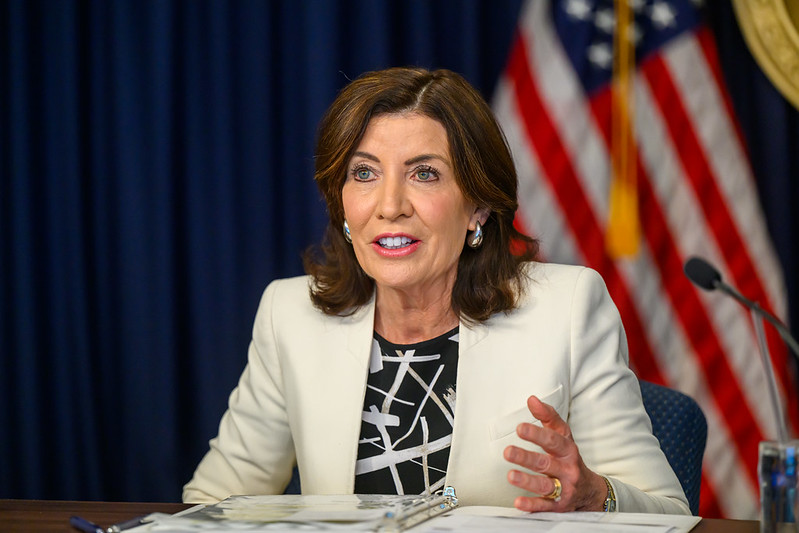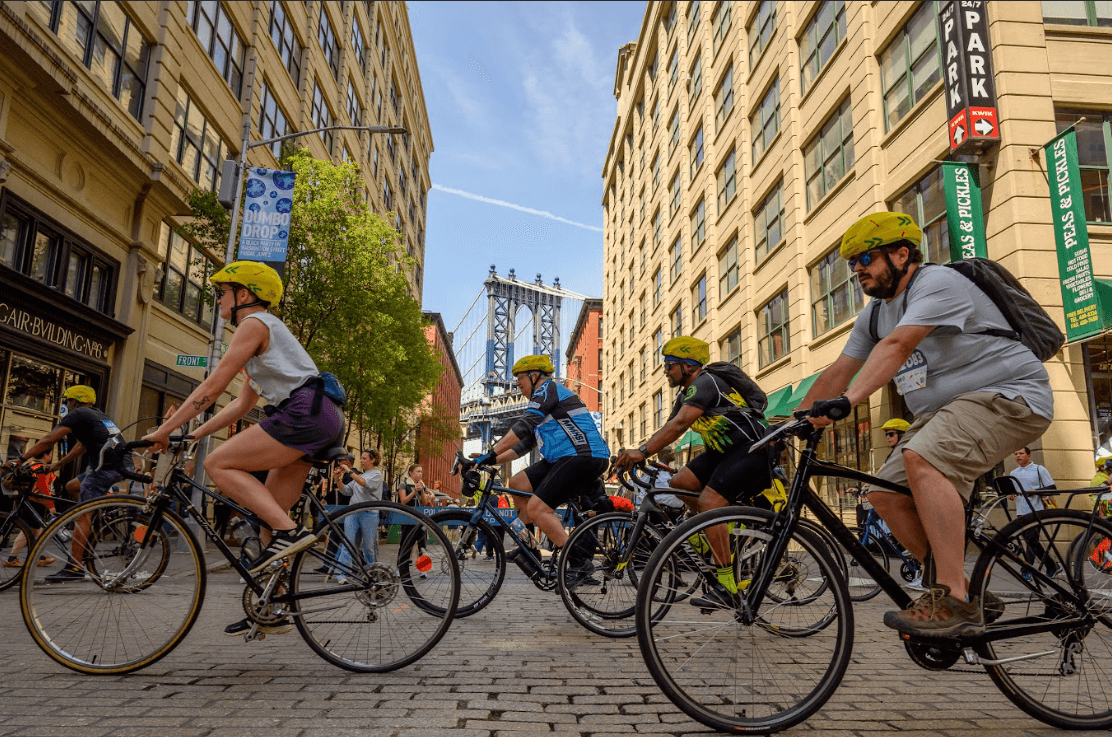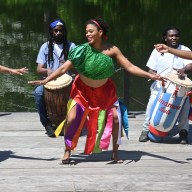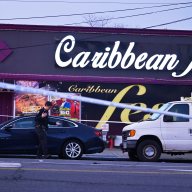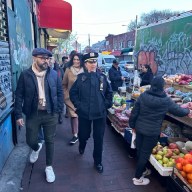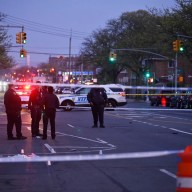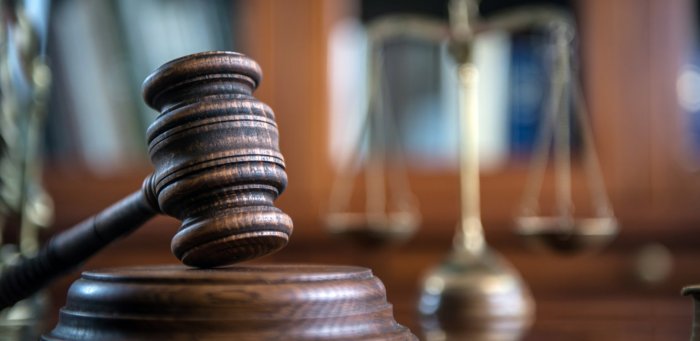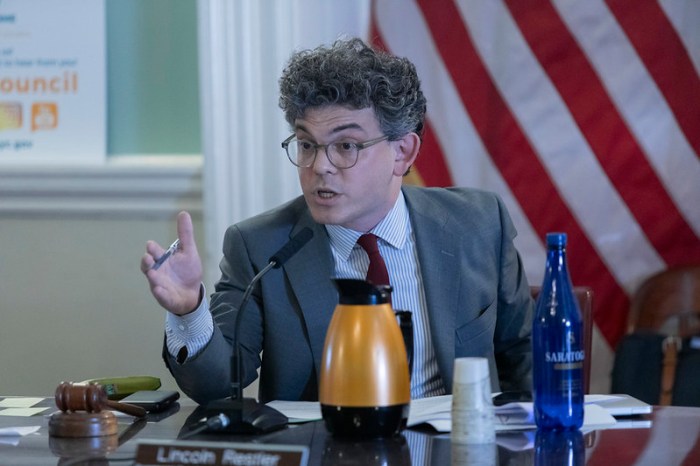By Jyoti Thottam
Somewhere between “bridge-and-tunnel” and “fuggedaboutit,” a new word may be entering the New York City lexicon – desi.
desi. (DEH-see) [orig. Hindi-Urdu, person from the same land]. n. a person from India, Pakistan, Bangladesh, Nepal or Sri Lanka. adj. of, characterized by, or having to do with desis. SYN. South Asian.
See also, “Desi: South Asians in New York,” a documentary airing March 14 at 8 p.m. on Channel 13/WNET.
Commissioned by WNET as part of its series on different ethnic groups in the New York metropolitan area, “Desi” attempts to introduce New York City's 200,000 people of South Asian origin to a mainstream audience. For the most part, it succeeds, celebrating the enormous diversity of this growing population with humor and affection.
The first several minutes, which sum up a few thousand years of history with a handful of maps and some pedantic narration, are the weakest. But for an audience that may be totally unfamiliar with the region, it offers a useful blueprint.
“Desi” comes alive when it allows New York's South Asians to tell their stories in their own words.
In one scene, Aladdin Ullay, a Manhattan comic whose family emigrated from Bangladesh, explains how the ground beneath his father's feet changed hands three times, from India to Pakistan to Bangladesh.
“He was going through, like a Sybil thing,” Ullay says.
In another clip, a Syrian Orthodox archbishop from southern India sits in a long, red robe and black beard and traditional cap.
“I have been walking around Manhattan in this dress, and no one's even giving me a second look,” he says with a smile.
This idea – the way in which New York City and the South Asian community have changed each other – runs throughout the program.
Even the word “desi” is rarely used outside New York. In other cities, immigrants from different parts of South Asia are more isolated from each other. Instead of “desi” or “South Asian,” they may be more likely to identify exclusively with one region.
“It's when they come to New York that they seek a wider solidarity,” says Vijay Prashad, an assistant professor at Trinity College in Connecticut.
Bhairavi Desai, an organizer for the Taxi Workers' Alliance, explains how Indian and Pakistani cab drivers forged a new sense of identity in May 1998 after coming together to strike against tough new rules issued by the Taxi and Limousine Commission.
“After the strike, it became 'we desis,'” Desai says.
Queens, with more South Asians than any other county in the United States, figures prominently in the program, beginning with the South Asian shopping mecca of Jackson Heights. In that scene, one of the first South Asians to drive a cab in the city introduces the audience to the owners of the first Indian-owned business in Jackson Heights.
Other segments feature Long Island City's new Bangladeshi neighborhood; one of Flushing's Hindu temples, the first in the city; and a tight-knit community of Indian Jews led by a resident of Rego Park.
The section on South Asian music and the arts ranges from a classical Indian dancer to a musician trying to create a dialogue between jazz and Indian classical music. Rekha Malhotra, a DJ from Flushing, explains bhangra, the fusion of Punjabi folk music with hip-hop beats that has blossomed into a thriving desi dance club scene.
“We play something that's very New York,” Malhotra says.
Because it is intended as an affirmative celebration of South Asians in New York, “Desi” does not explore many of the difficulties of the community's experience. While one section reports on a spate of hate crimes against South Asians in New Jersey, “Desi” does not examine domestic violence, job discrimination or the often bitter conflicts between immigrant parents and their children.
Instead, “Desi” concentrates on the success stories, like that of Om Dutt Sharma and his wife Krishna, a taxi driver and nurse who established a school and clinic for poor children in his ancestral village in India. To his adopted home, Sharma contributes a definition that ought to have its own place in any dictionary of New York City:
“Come here, bring your wealth, bring your ingenuity, bring your guts, mess up with others, make as much as you can, take as much as you can, no questions will be asked,” he says. “That is the motto of New York, and that still is continued.”









